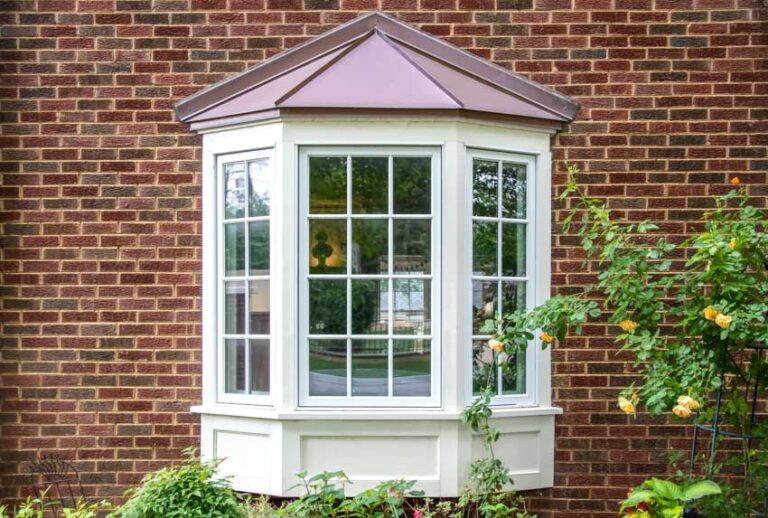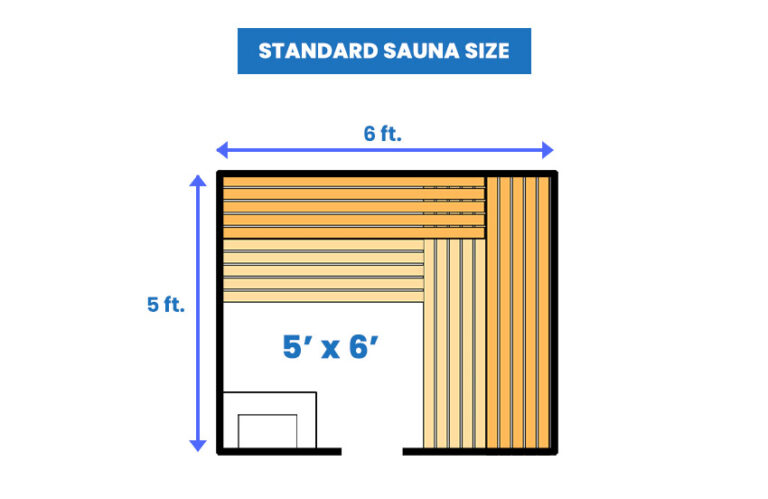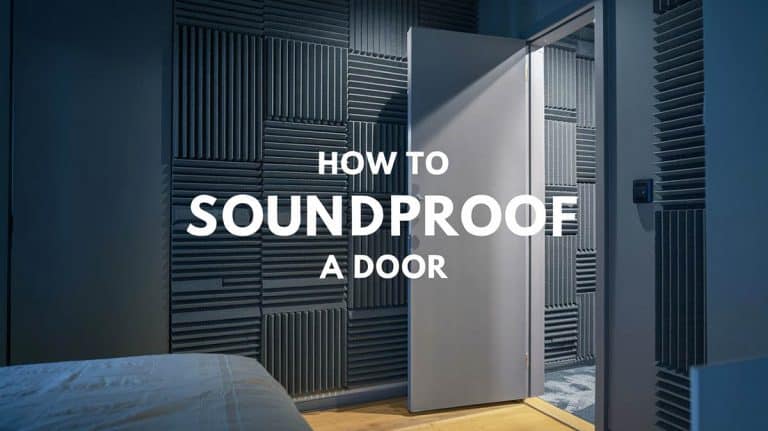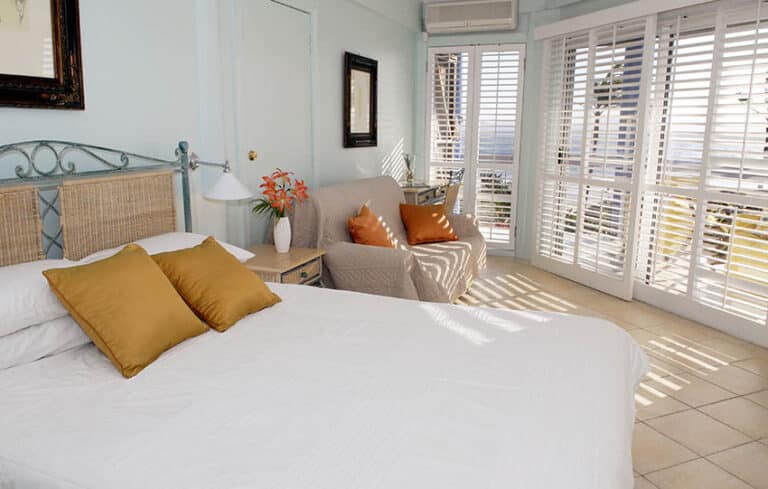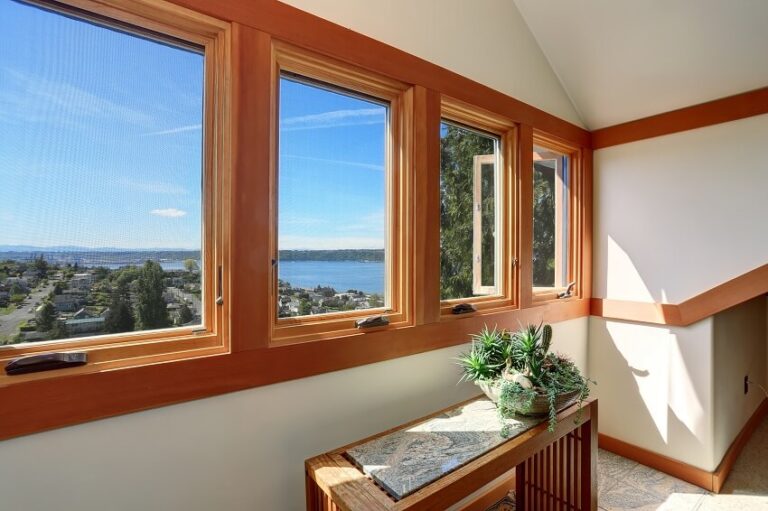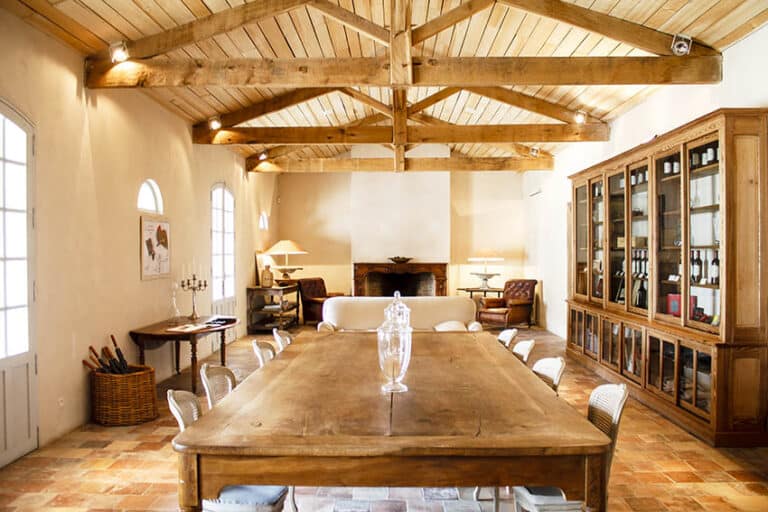Faux Chimney (Types & Design Options)
From a traditional open fireplace to a gas fireplace, you can install whatever type you want at home as long as you have the space and budget. But if you just want the aesthetics of the chimney and do not want to deal with possible hazard issues that come with a real fireplace, a faux chimney might be the ideal option.
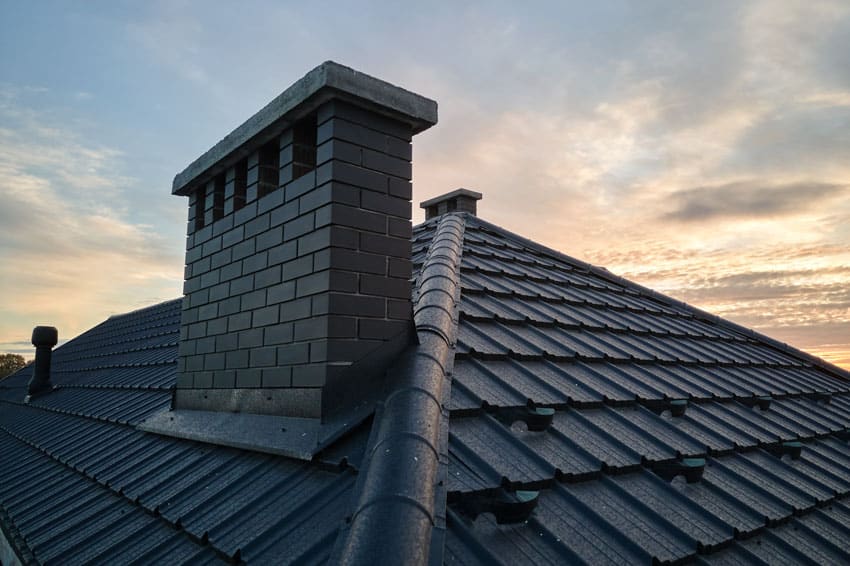
If you want to install a faux chimney, you must learn everything about having one at home. This includes what fake chimneys are, their cost, installation, and maintenance, along with the different types to consider.
What Is A Faux Design Chimney?
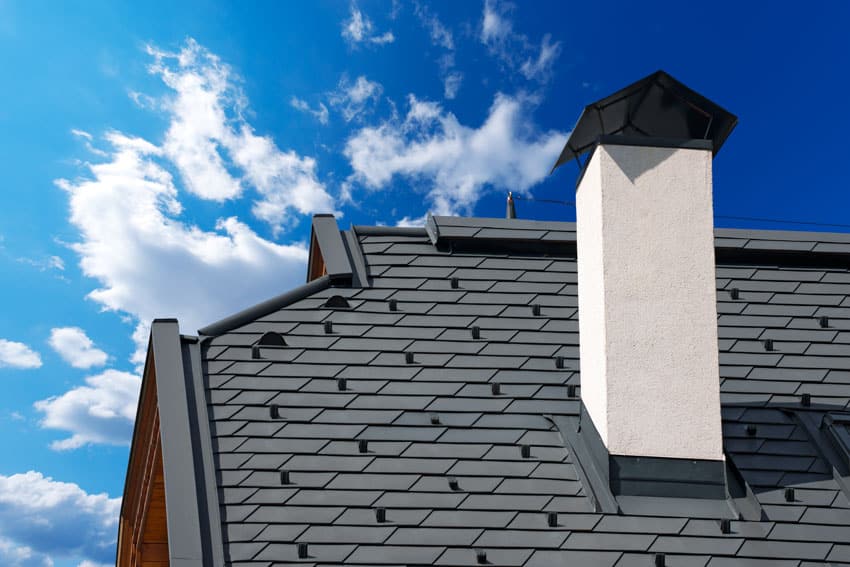
Faux chimneys can come in different types and forms, depending on various factors, including materials, systems, and designs. Popular in the 2000s, they are commonly installed on roofs to give the distinct appearance of a chimney despite not having an actual and legitimate fireplace installed in the home. They are usually built into the roof structure with regular roof material surrounding it as a covering.
Faux chimneys can have plastic or metal frames, depending on your choice, clad with bricks or render facing. They can be attached to the building’s gable-end, mid-pitch, or ridge and stay in place by relying on how it’s been fixed into the roof structure.
If the roof structure is damaged and its joists weaken, the false construction will also come down along the way. While fake chimneys may not be real, they also come with faux fireplaces designed and structured to mimic fireplaces without using real flames and heat.
These fake fireplaces can either be solely decorative and aesthetic, without any functionality or come with an electric system that generates flame effects and heat that can work similarly to fireplaces. Technically, as long as it acts like a fireplace but doesn’t produce real flame and smoke, it is a fireplace facade.
Types of Faux Chimneys
If you’ve decided to install a faux fireplace and chimney in your home, here are some options you can explore.
• Fireplace Surrounds/Mantels: The inside of the mantel of this type of faux fireplace is designed with the appearance of a real fireplace hearth for decorative purposes. You can put in fake candles and logs to make it more realistic.
• Electric Fireplace Mantels: Compared to the first solely decorative type, this type is both decorative and functional. It quickly displays fake flames and even somehow provides heat through a space heater to mimic the function of a fireplace.
If you’re installing this type of fireplace facade, ensure a standard home electrical outlet is nearby.
• Electrical Fireplace Variations: You can also choose from different variations of electrical wall fireplaces, including one that’s wall-mounted, with a TV stand, with electric stoves, and then with electric logs.
• Electric Fireplace Inserts: If you have an existing fireplace but don’t want the risk of causing a fire in your home, you can choose these inserts to turn the real fireplace into a fake one.
Chimney Exterior
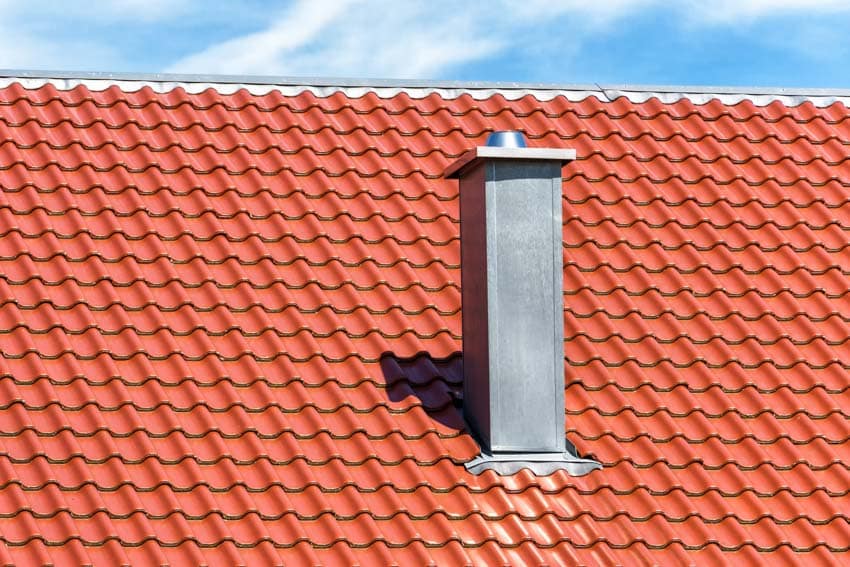
The exterior of the faux chimney involves a top covering that can be made from plastic or metal. This covering is usually made of a heavier cap or even a slab of cement for an actual chimneytop, though.
The chimney’s exterior is responsible for keeping water from entering the air intake, so depending on how you constructed and designed your structure, you will need to ensure that the covering is durable enough and capable of keeping water out.
You won’t have to worry about this if your intake does not go all the way down with a pipe inside your home but just really on the roof just to add to the aesthetics of your home. If you have a traditional design, you can read more about chimney cap sizes here.
Chimney Interior
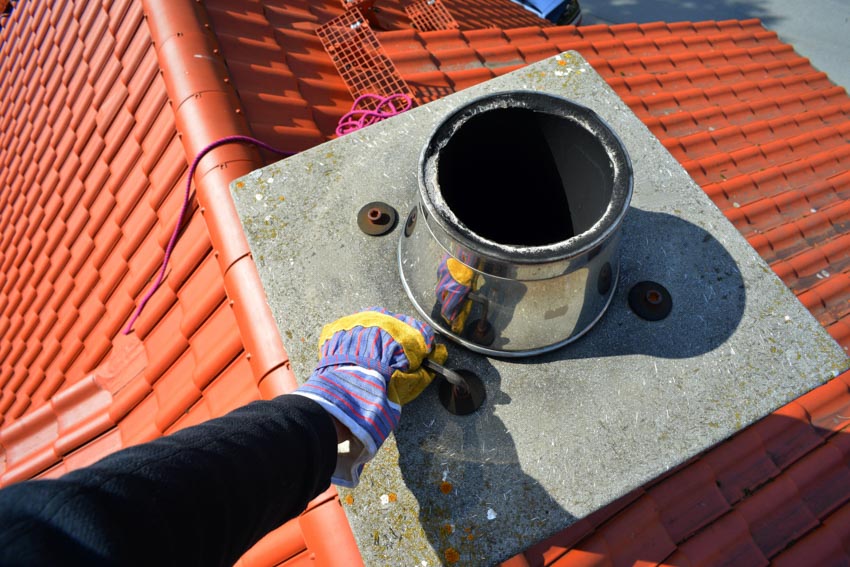
A chimney interior involves the flue people that extend above the roof, which can go the same way with a faux interior. This usually goes with the surround and is topped with the chimney exterior cap.
The interior can be optional, but if you somehow want to maintain an authentic feel to your chimney or leave the option to convert it back in the future, a chimney liner can be installed.
Chimney Surround
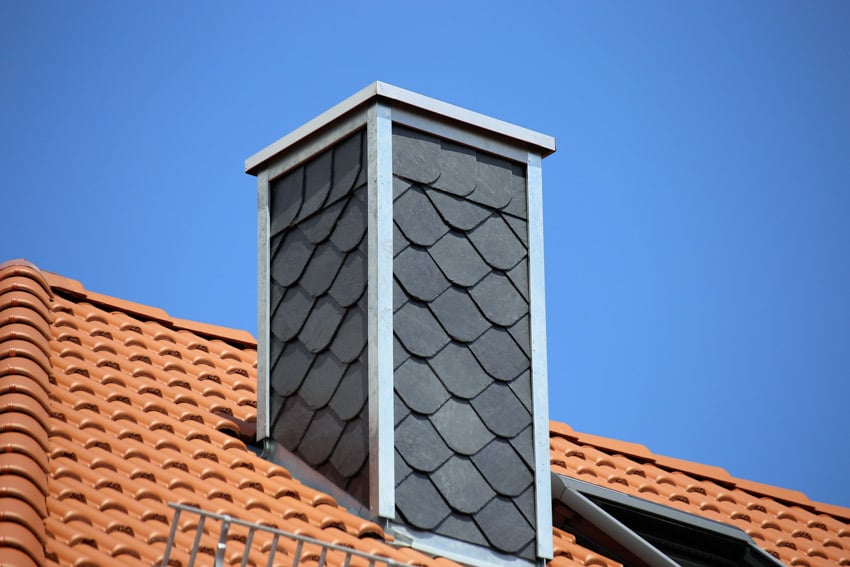
This chimney surround is typically the part that covers the flue pipe or the interior, both for added protection and for aesthetics purposes. This is usually a metal box that hides the ugly pipes that stick out of most roof types. Technically, this is the actual faux design, even if you have a real fireplace and a real chimney functioning in your home.
When it comes to aesthetics, designing your surround facade is a creative freedom you can explore. While it may usually come as a metal box, you can use other materials and design it however way you can so that it can fit and match the aesthetics of your home’s exterior.
Faux Brick
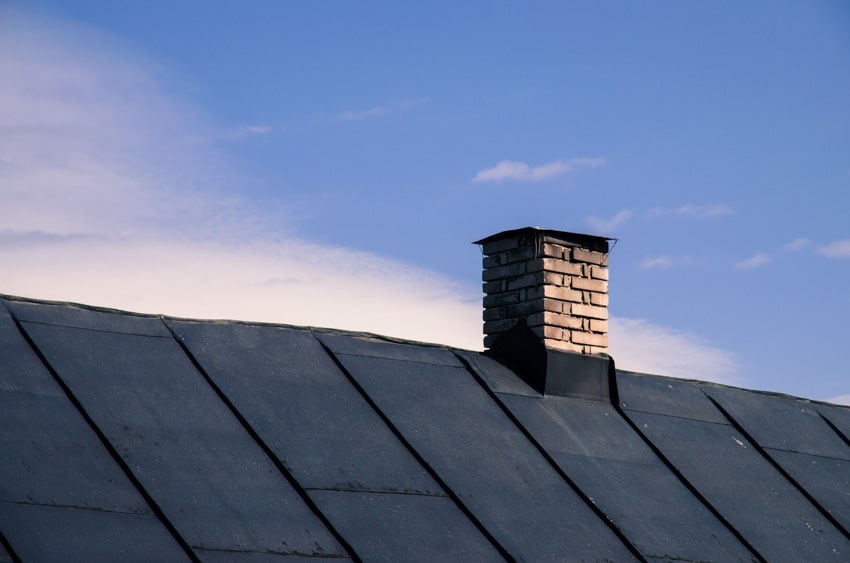
Bricks have become the standard look for old chimneys, and it is still an excellent choice if the exterior of your home is made of brick. This material was first used in the past because of its ability to withstand high heat levels.
For a faux brick smokestack that’s focused on aesthetics, you don’t have to use real bricks for it. There are fake bricks you can use or paint bricks on a mantel to cover the chimney’s top.
Faux Stone
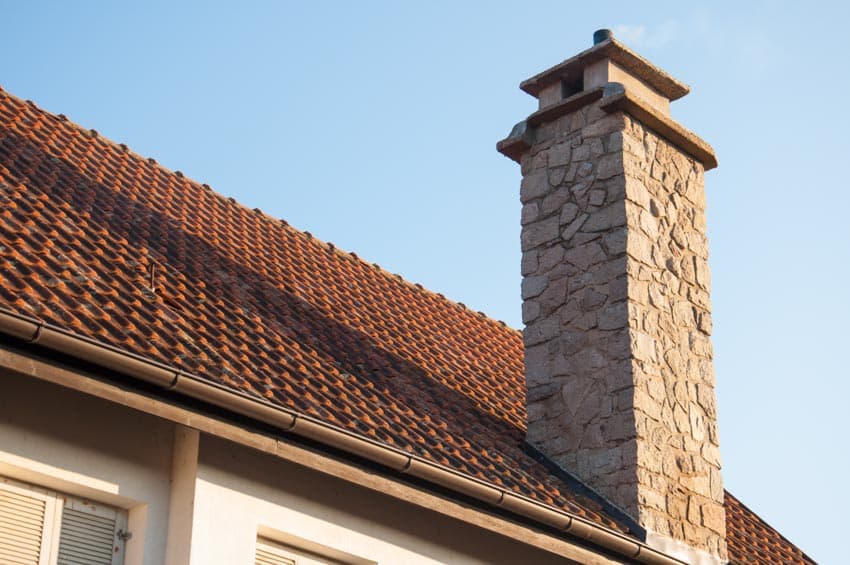
Another material that brings you to the past when dealing with chimneys is stone. If you want a rustic vibe for your design but are not that fond of bricks, stones can be added to your home.
Compared to bricks, stones are easier to match your home’s exterior. If you choose faux stone cladding, similar to bricks, you can look for stone panels or just have the design painted instead.
DIY Chimney Facade
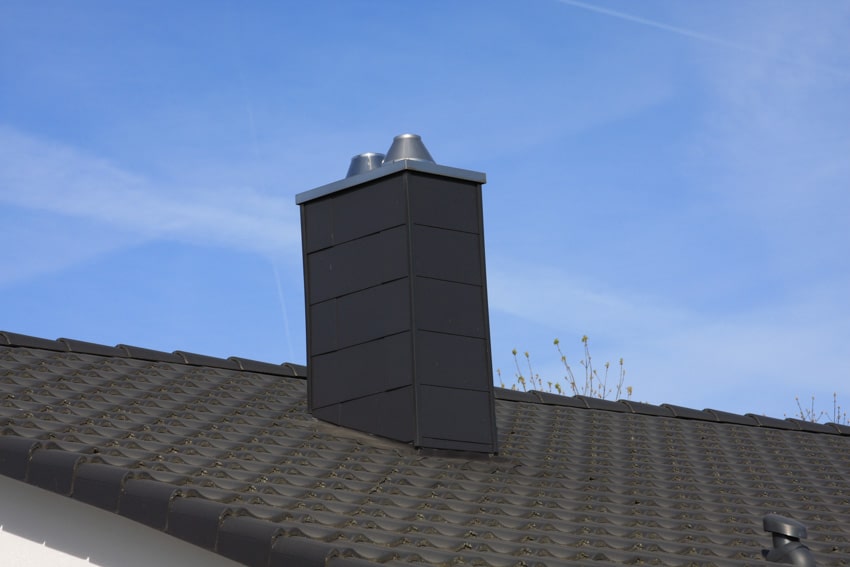
Choosing to build your chimney facade means that you will need to decide on many things before starting the project. You must decide on the specific “material” you want to use and the design you want to incorporate into your structure.
Given that you have access to your roof, here are the simple steps you can follow to build your DIY faux chimney design:
1. Measure the area of your chimney: Take accurate measurements in the exterior of your current structure to know how many panels you will need for this project (whether you choose stone, bricks, or wood).
2. Place the needed orders: Consider corner pieces, trims, and ledgers more than just the usual panels.
3. Cut your panels to desired sizes: Use a handsaw, circular, and radial saw to cut the panels to the sizes and shapes you want them to be in.
4. Install the panels to your chimney’s exterior: Use industrial adhesive, screws, or nails to affix the panels to the chimney and roof.
Faux Panels
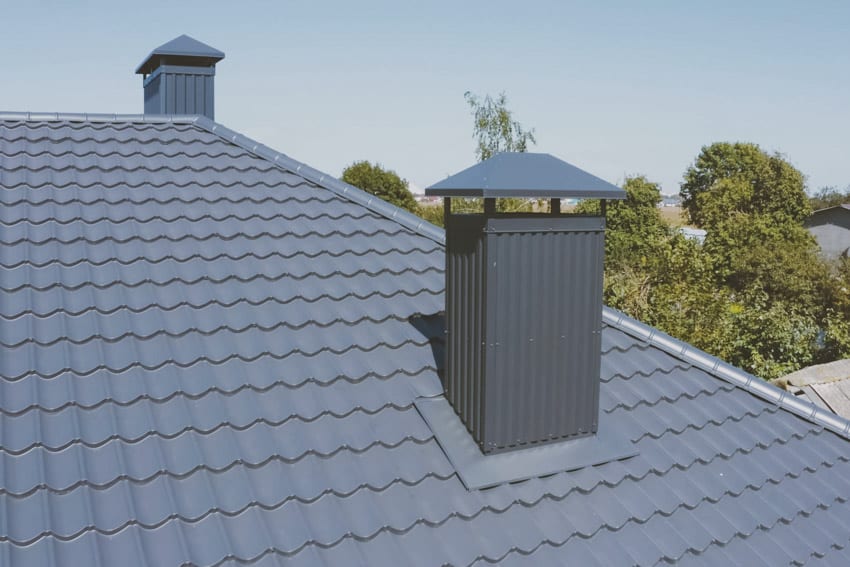
Panels are most often the materials used to build a faux d,esign primarily due to the flexibility of patterns and designs you can have with them. With the panels, you can use bricks, stones, and wood without having to pay and worry about the drawbacks that come with these materials. Instead, you can focus on their aesthetics and vibe.
How Much Does A Fake Chimney Cost?
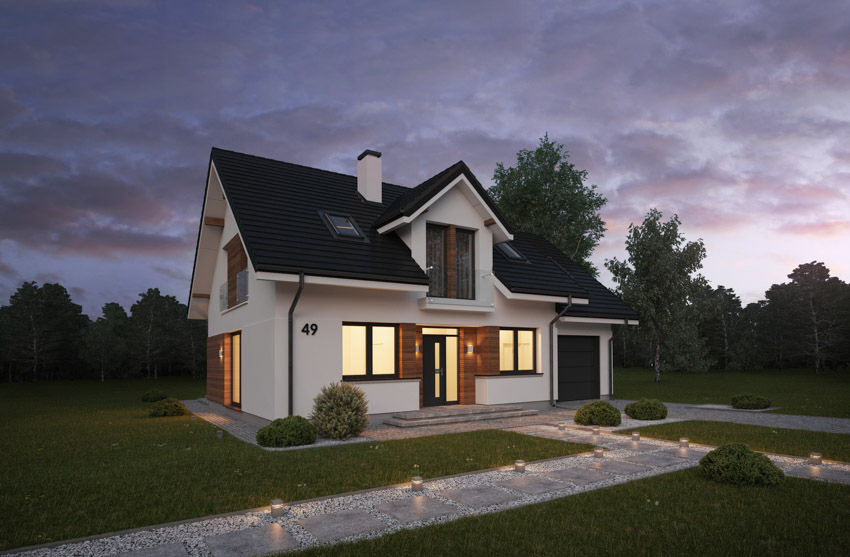
Fake types of chimneys are affordable and highly dependent on your structure’s size and the designs you want it to have. You can spend around $8 to $12 per square foot using faux stone panels.
It can increase in expense if you pair it with a fireplace facade, ranging from $2,000 to $5,000. Check out the costs of the different types of fake fireplaces at a glance.
| Types of Faux Chimneys/Fireplaces | Estimated Cost (Average) |
| Fake Brick and Stone Fireplace | $2,000 |
| Fake Mantel and Surround Fireplace | $2,500 |
| Fake Stack of Wood Fireplace | $5,000 |
| Fake-real Fireplace | $2,000 |
| TV Stand with Fake Fireplace | $2,200 |
| Fake Wall-mount Fireplace | $2,000 |
| Fake Fireplace with Storage Area | $2,000 |
| Theme Fake Fireplace | $3,500 |
Are Fake Fireplaces A Fire Hazard?
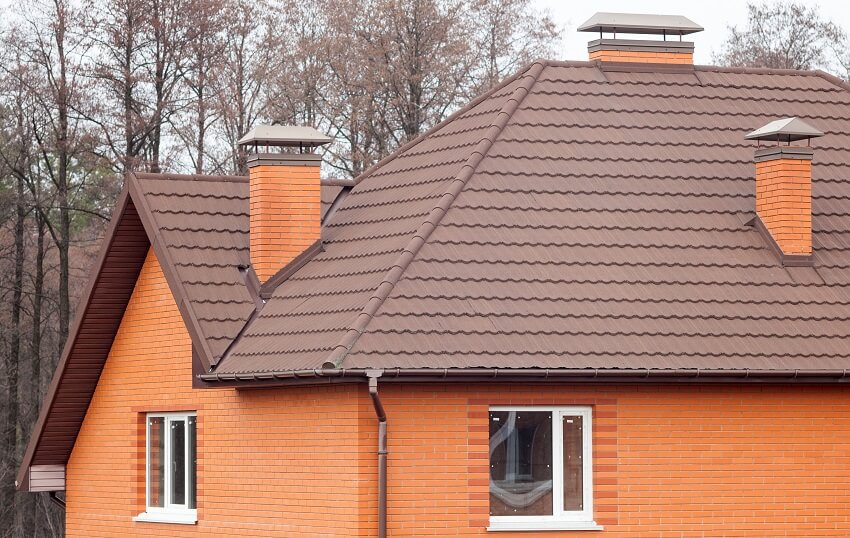
Nothing’s risk-free, and this goes the same way with fake fireplaces. Some potential hazards you need to know about faux fireplaces include burns if the electric fireplace becomes too hot to touch, and fires can be caused if flammable materials are in close vicinity.
Generally, most modern electric fireplaces are perfectly safe when combined with faux chimneys. They do not create the soot, sparks, or flames of the traditional gas or wood-burning fireplaces and are built to be safe for long-term use.
Even though they do not produce smoke, most fireplaces will still have a damper inside the firebox to keep cold air out. They also should have chimney caps to prevent water and debris from entering and causing damage.
Why Do Houses Have False Chimneys?

Many houses built in the 2000s have false chimneys because of the benefits that they provide compared to real ones, including the following:
• Better Aesthetics and Creative Freedom: Many fireplaces are focused on their function, which is to provide heat to a home. With fake ones, you can focus on aesthetics and have more freedom in styling the construction without thinking about its impact on the fireplace’s function.
The other way around, whether you style the chimney by hand-painting it, heat from the fireplace won’t be able to damage the design.
• Low Maintenance: Unlike real chimneys, you must go from the fireplace to the top of the roof to clean the flue and check out possible areas that need repair. For faux chimneys that are just glued on the roof, that’s all you really have to deal with.
See more related content in our article about what color to paint exterior chimney on this page.

